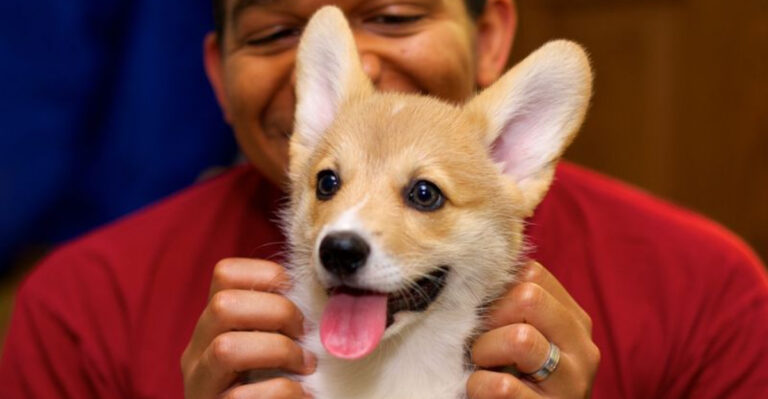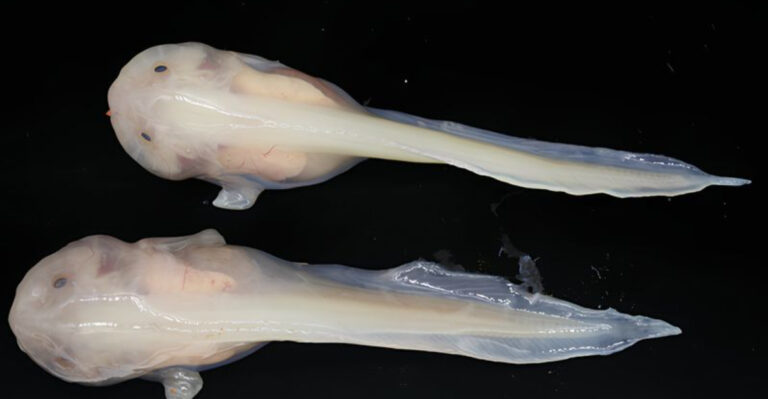17 Dog Breeds That Were Loyal Coworkers In America’s Steel & Timber Industries
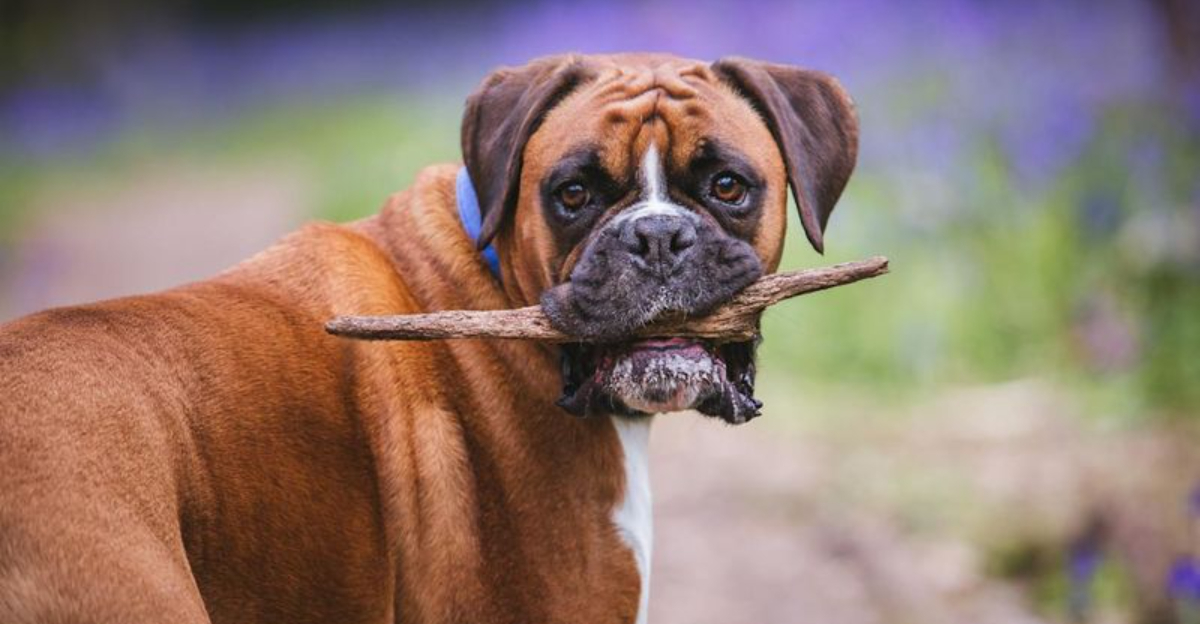
When we think of America’s industrial backbone, images of burly men toiling in steel mills and timber camps often come to mind.
Yet alongside these hardworking humans stood equally dedicated four-legged partners. These canine coworkers braved dangerous conditions, provided companionship during long shifts, and performed specialized tasks that humans simply couldn’t manage alone.
1. Airedale Terriers: The Jack-of-All-Trades
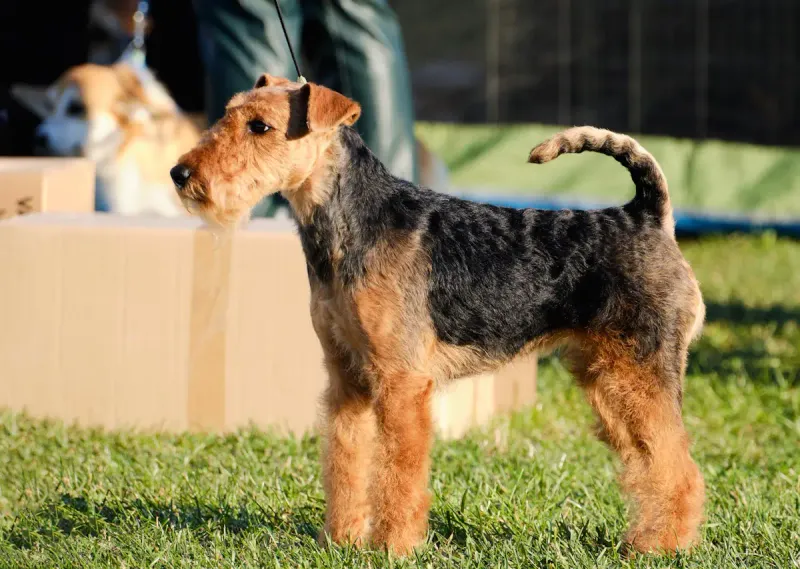
Nicknamed “King of Terriers” for good reason, these versatile workers excelled at multiple tasks in industrial settings. Their intelligence made them quick learners for complex jobs around steel mills.
Fearless and sturdy, Airedales could navigate treacherous work environments while maintaining an even temperament. Many steel workers relied on them to alert crews to potential dangers or structural weaknesses.
2. Newfoundlands: The Water-Rescue Specialists
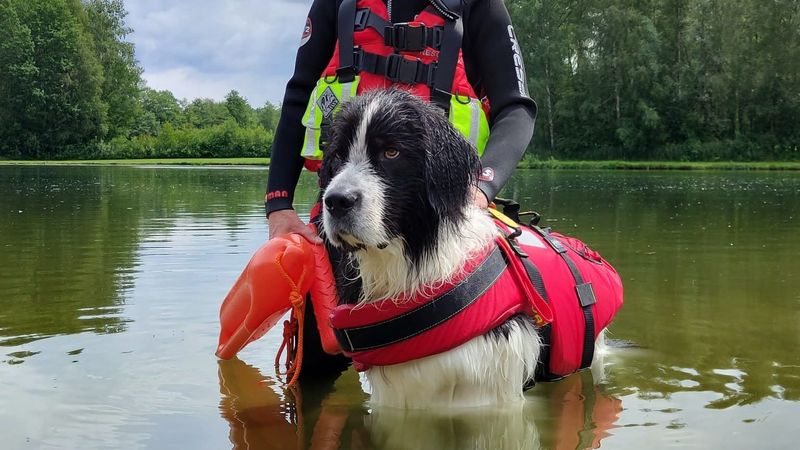
Around waterfront lumber operations, these powerful swimmers became legendary lifesavers. With webbed feet and water-resistant coats, they could rescue workers who fell into rivers during log drives.
Gentle giants by nature, Newfoundlands possessed incredible strength for hauling ropes and small equipment between ships and shore. Their calm demeanor made them reliable partners during the most chaotic industrial waterfront operations.
3. Alaskan Malamutes: The Heavy Haulers
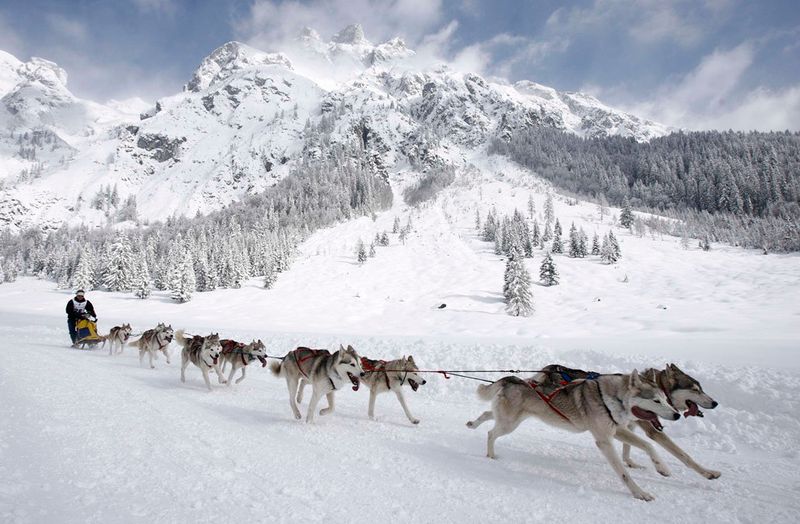
Brute strength defined these northern powerhouses in early logging camps. When machinery wasn’t available, teams of Malamutes could drag massive timber sections through snow-covered terrain that horses couldn’t navigate.
Their thick double coats protected them during brutal winter logging seasons. Many lumber companies maintained dedicated Malamute teams, treating these valuable workers with special care and feeding them premium diets to maintain their pulling power.
4. German Shepherds: The Security Enforcers
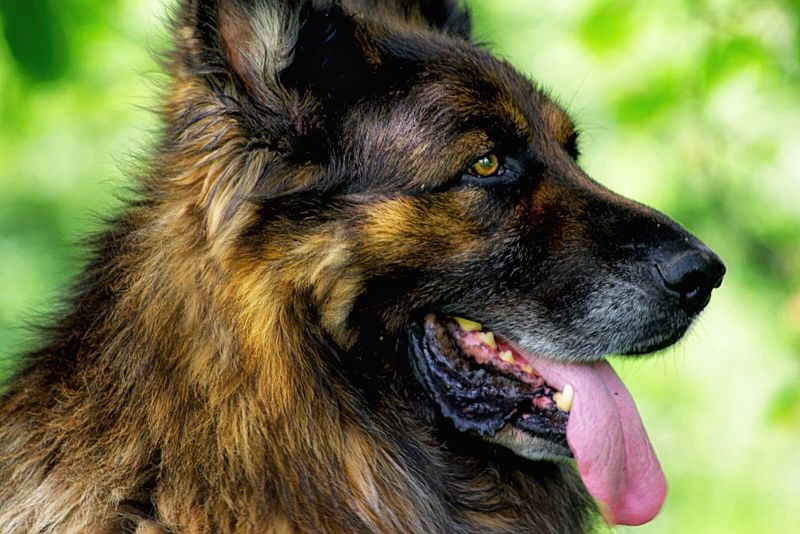
Watching over valuable equipment became the specialty of these keen-eyed guardians. During labor disputes in early steel mills, German Shepherds often patrolled yards and warehouses, deterring theft and vandalism.
Beyond security, their intelligence made them valuable message carriers between different sections of sprawling industrial complexes. Some mills trained them to recognize specific workers, creating an early form of security clearance system.
5. Chesapeake Bay Retrievers: The Waterfront Assistants
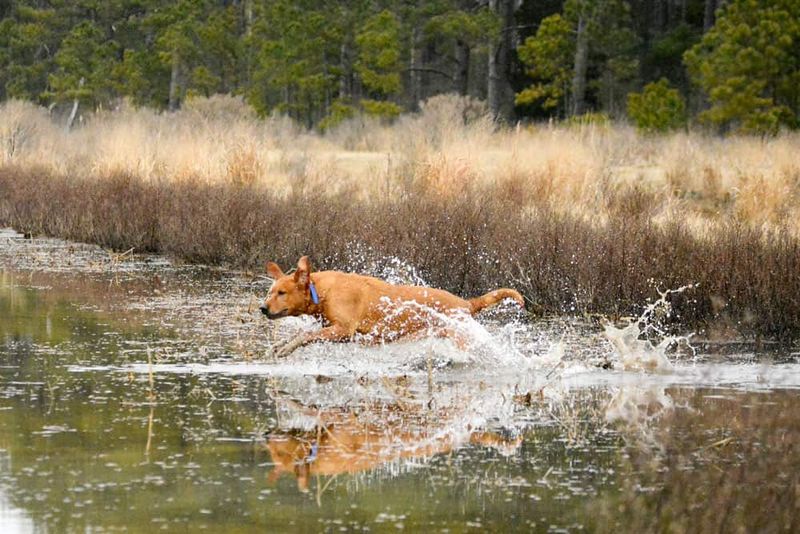
Famous for their oily, water-repellent coats, these sturdy retrievers thrived in America’s coastal lumber operations. Their remarkable swimming abilities made them perfect for retrieving tools dropped into harbors during loading operations.
Loyalty defined these dogs, often sticking with a single handler through years of dangerous work. Lumber companies valued their ability to work tirelessly in freezing waters where other breeds would quickly succumb to hypothermia.
6. Rottweilers: The Payroll Protectors

Payday created dangerous situations in isolated industrial camps, with large cash sums vulnerable to theft. Enter the imposing Rottweiler, whose intimidating presence protected payroll deliveries to remote operations.
Beyond security, these powerful dogs helped move carts loaded with supplies around mill yards. Their calm temperament in chaotic environments made them ideal companions during the noisy, hectic operations of early American steel production.
7. Siberian Huskies: The Message Runners
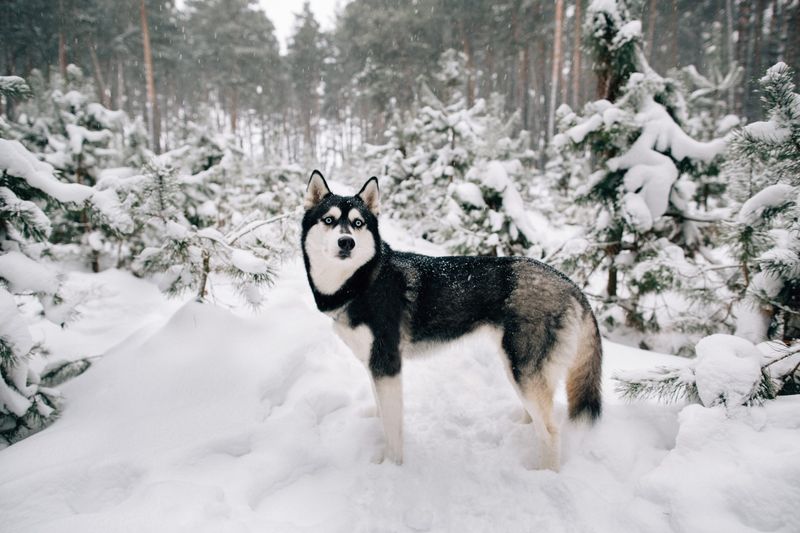
Long before radios became common, communication between distant logging camps depended on these swift messengers. Huskies could navigate through dense forests and blinding snowstorms to deliver crucial instructions or emergency requests.
Their incredible endurance allowed them to cover vast territories connecting remote timber operations. Many logging companies maintained relay systems with huskies stationed at intervals, creating an early pony express-style communication network through America’s northern forests.
8. Bernese Mountain Dogs: The Draft Animals
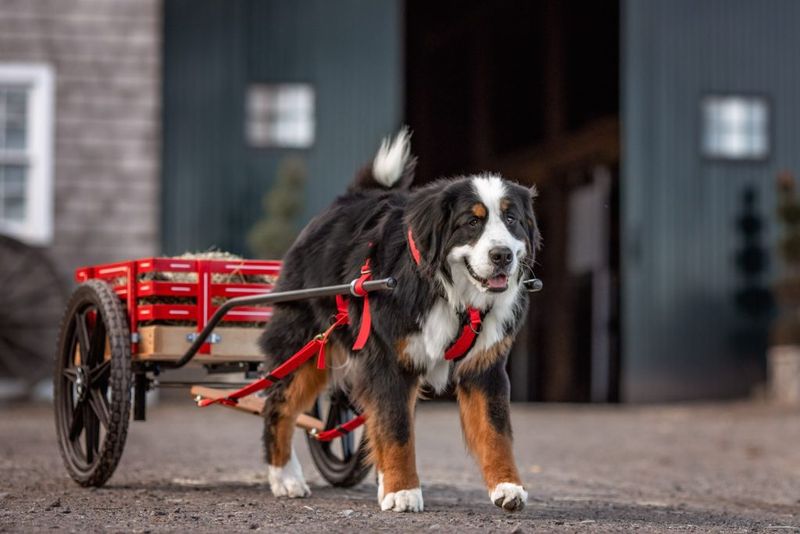
When precision mattered more than speed, lumber operations turned to these methodical workers. Their natural drafting abilities made them perfect for pulling carts of tools and supplies through tight spaces where horses couldn’t maneuver.
Steady temperaments kept them calm around dangerous equipment and loud machinery. Some timber companies specifically bred these dogs for strength and work ethic, creating specialized working lines that differed from their show counterparts.
9. Doberman Pinschers: The Night Watchmen
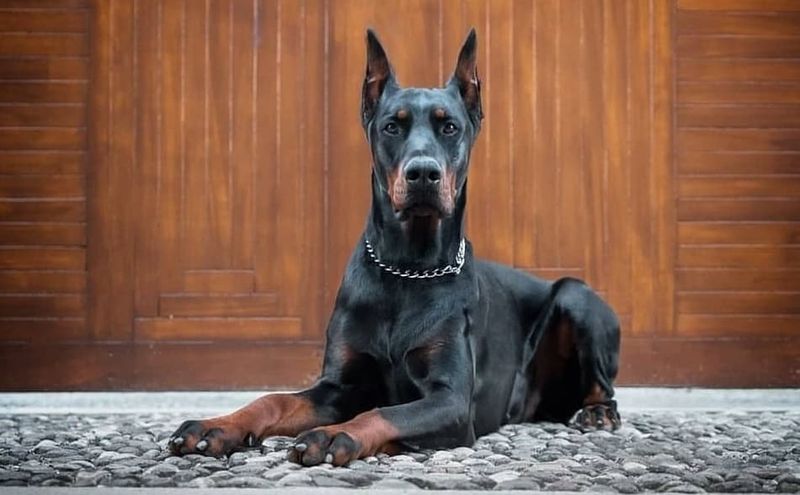
After dark, steel mills became prime targets for thieves seeking valuable metals and tools. Sharp-eared Dobermans patrolled the perimeters, their distinctive barks alerting security personnel to intruders.
Speed and agility allowed them to navigate the maze-like layouts of industrial complexes. Their intimidating reputation alone deterred many potential thieves, though most industrial Dobermans were actually trained to corner and hold suspects rather than attack.
10. Saint Bernards: The First Aid Assistants
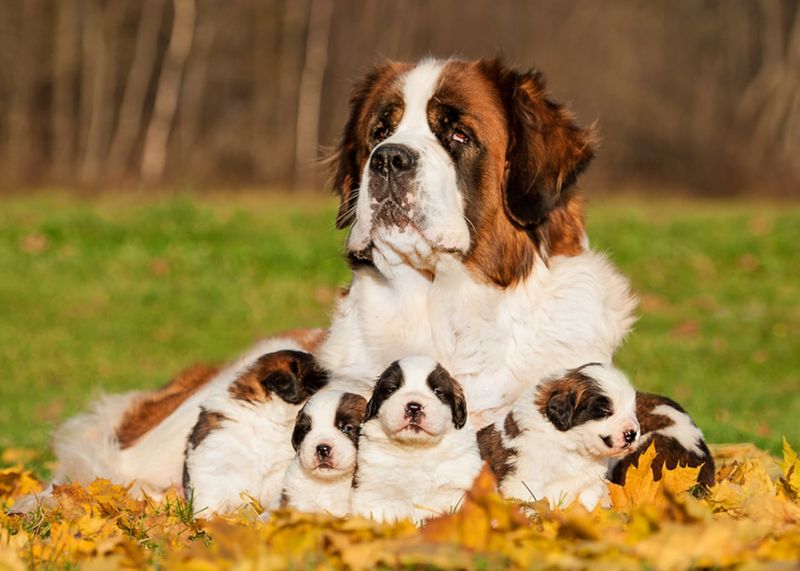
Accidents happened frequently in early industrial settings where safety standards were minimal. These gentle giants carried small barrels containing first aid supplies to injured workers in remote logging areas.
Their strength allowed them to help stabilize injured workers until medical help arrived. During winter operations, their body heat saved countless lives as they would lie beside injured workers, preventing hypothermia until rescue teams could reach accident sites.
11. Border Collies: The Organizational Experts

Moving timber required precision coordination, a perfect job for these highly intelligent herders. Instead of sheep, these dogs directed the movement of logs in river drives, running along shorelines and indicating jams or problems.
Their uncanny ability to anticipate problems made them valuable trouble-spotters in dangerous operations. Some timber companies claimed their Border Collies could recognize different lumber markings, helping sort logs belonging to different operations during shared river drives.
12. Great Pyrenees: The Camp Guardians
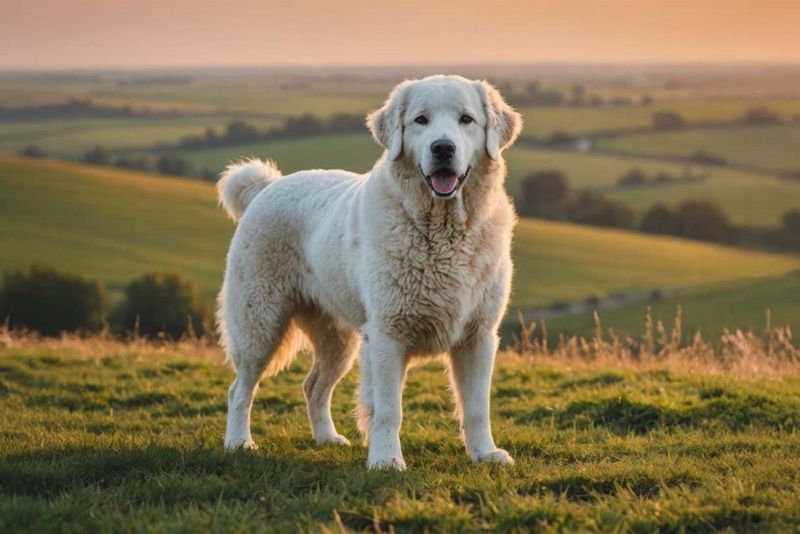
Remote lumber camps faced threats from wildlife and occasional bandits. The imposing white Great Pyrenees served as living security systems, their deep barks echoing through forests to warn of approaching threats.
Independent thinkers, these dogs patrolled camp perimeters without constant direction. Their thick coats allowed them to sleep outdoors in all weather, providing around-the-clock protection for equipment and supplies when workers slept.
13. Bloodhounds: The Safety Inspectors
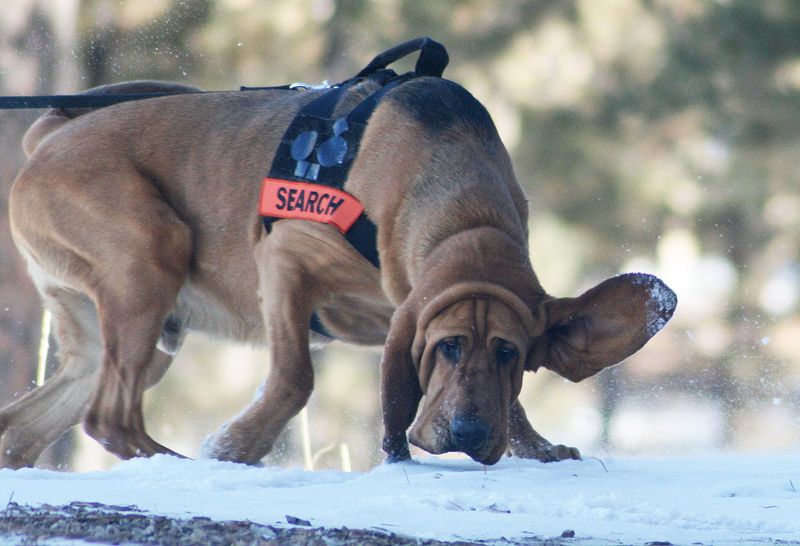
Gas leaks presented deadly dangers in early steel operations. With their legendary noses, Bloodhounds were trained to detect dangerous gas pockets and chemical leaks before human workers entered hazardous areas.
Their tracking abilities also proved invaluable when workers went missing in large industrial complexes. Steel companies often kept these specialized dogs in comfortable quarters, recognizing that their sensitive noses could save dozens of human lives.
14. Bull Terriers: The Rat Catchers
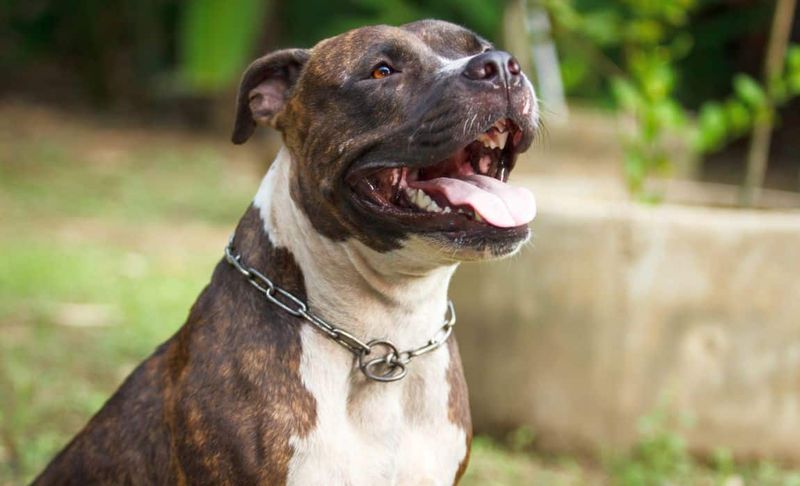
Vermin infestations threatened both safety and supplies in industrial settings. Tenacious Bull Terriers kept rodent populations under control, protecting food stores and preventing damage to wooden structures and equipment.
Their tough constitution made them resistant to the harsh conditions of early factories and mills. Many became beloved characters in industrial settings, with workers often sharing their lunches with these effective pest controllers.
15. Belgian Malinois: The Rescue Specialists
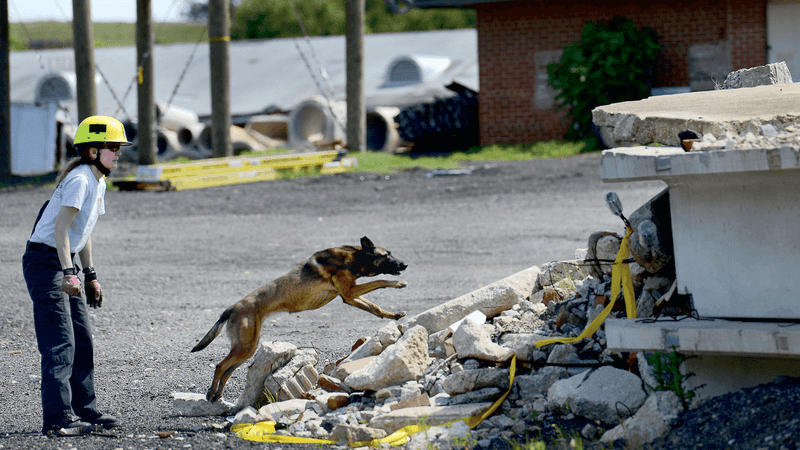
When disaster struck in mines or mills, these agile heroes navigated unstable structures to locate trapped workers. Their compact size allowed them to squeeze through collapsed areas too dangerous for human rescuers.
Fearless and focused, they could work for hours in smoke-filled environments. Their keen senses detected subtle signs of life beneath debris, leading rescue teams to workers who would otherwise have been overlooked in the chaos following industrial accidents.
16. Catahoula Leopard Dogs: The Timber Markers
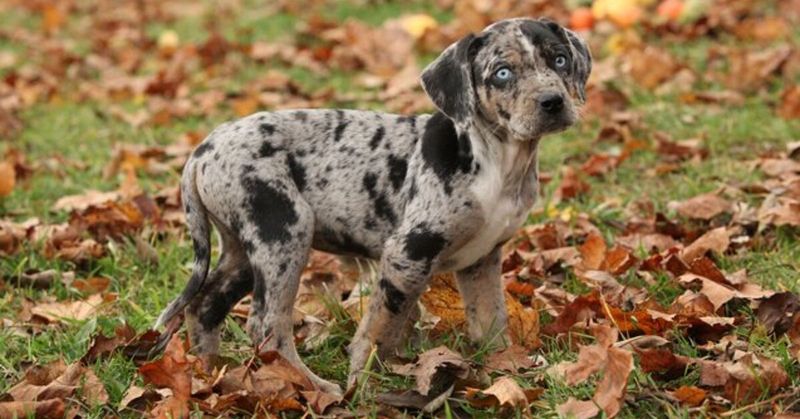
Uniquely American, these distinctive dogs became specialists in the southern timber industry. Their remarkable intelligence allowed them to remember and locate specific marked trees in vast forests, guiding cutting crews efficiently.
Adaptable to swampy conditions, they excelled where other breeds struggled. Their unusual spotted coats made them easily visible to workers even in dense underbrush, creating natural safety systems as crews knew to watch for the dogs’ movements.
17. Boxers: The Versatile Assistants
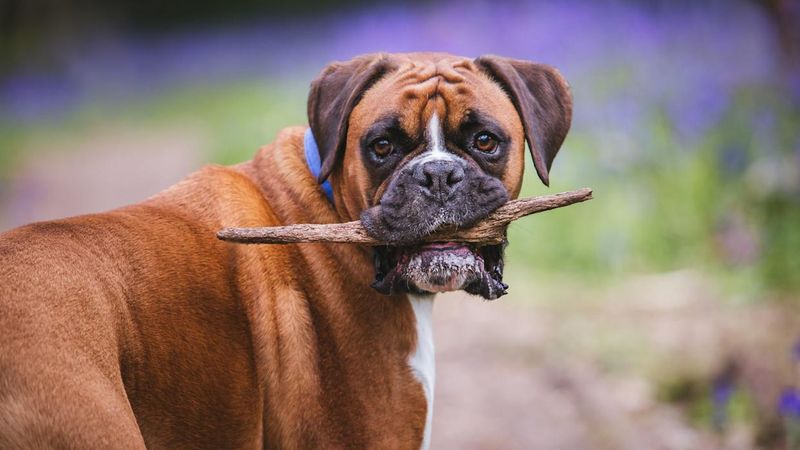
Carrying messages and small tools became the specialty of these energetic workers in sprawling steel complexes. Their dexterity allowed them to navigate narrow catwalks and ladders connecting different levels of early industrial operations.
Heat-resistant paw pads made them valuable in foundry operations where floors often reached scorching temperatures. Their expressive faces and playful nature provided much-needed morale boosts during long, dangerous shifts in America’s industrial heartland.



